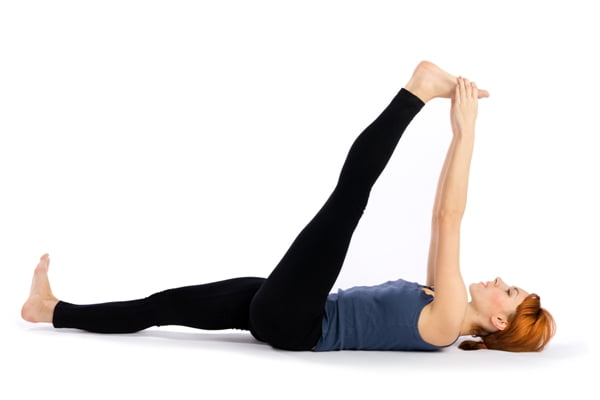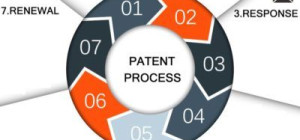 If your kettlebell certification is up-to-date, then it means that you are qualified to help clients build fitness routines with kettlebells. There are many benefits of kettlebell training, including increased core strength and more efficient cardiovascular health. Find out seven exercises that can be used in a kettlebell routine for even the most inexperienced client!
If your kettlebell certification is up-to-date, then it means that you are qualified to help clients build fitness routines with kettlebells. There are many benefits of kettlebell training, including increased core strength and more efficient cardiovascular health. Find out seven exercises that can be used in a kettlebell routine for even the most inexperienced client!
The Kettlebell Swing
This exercise is a great kettlebell exercise for building cardiovascular endurance after having your own kettlebell certification. Plus, it also works on the hips and glutes. It is called the kettlebell swing because your client will be swinging their kettlebell between their legs to help propel them forward as they run in place.
The Kettlebell Clean
This kettlebell exercise involves the client taking one hand at a time and bringing it up to their shoulder while keeping their elbow high. The kettlebell should be between the knees at this time. They will then press upwards with both arms until they are fully extended in front of them.
The Kettlebell Push Up Row
This kettlebell regime is great for working on upper body strength and building good core strength. It is most effective if you use a kettlebell that weighs half your client’s body weight. But any kettlebell will work as long as it fits comfortably between the feet and does not touch the ground when lowered into place.
The Kettlebell Squat to Stand
This is very similar to standard squats, except with one difference. The client holds the kettlebell in between both hands and gently gets into a squatting position. They keep the kettlebells close to their chest as they go down, then stand back up with legs apart and the kettlebell held straight out in front of them.
The Get-Up
This is great for building full-body strength, especially the core, while also working on balance. To do this kettlebell exercise, the customer lies down with the kettlebell in front of them and grabs it using both hands before slowly getting to a kneeling position. The kettlebell remains close to their chest throughout all phases unless told otherwise. If anything should happen during this kettlebell exercise, you need to know where the kettlebell is.
The Bottoms-Up Press
This exercise involves holding the kettlebell upside down and then lifting it straight up in front of you until both arms are fully extended. At this position, the kettlebell is directly over your head with palms facing forward. Lower slowly back into place without letting go – if the kettlebell falls, the client will need to start over again.
The Single Arm Row
This is great for building upper back strength and working on core stability and balance. It can be done with any kettlebell that has a handle attached. If it doesn’t have an attached handle, then use two kettlebells instead.
The client lies on their stomach with one kettlebell in front of them and grabs it using both hands. They use the opposing arm to get up into a seated position, then slowly stand back upright while keeping the chest high. Afterward, they come back down onto their stomach by bending at the waist until the kettlebell is close to the ground once more.
A kettlebell is an excellent tool for building strength, endurance, and cardiovascular health. When you have a kettlebell certification, you are qualified to help your clients build their kettlebell routines with these seven exercises!







